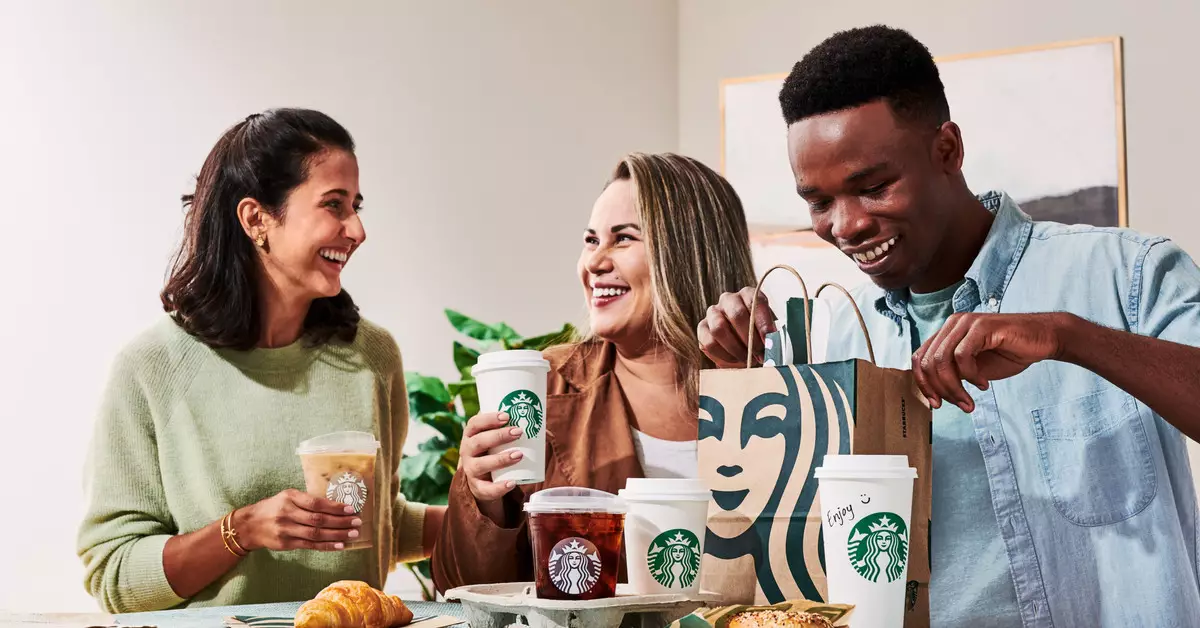In the ever-evolving landscape of food and beverage delivery, Starbucks has recently rolled out a significant update that allows customers to place delivery orders directly through its mobile app. This partnership with DoorDash paves the way for an enhanced consumer experience but raises questions about convenience and affordability that resonate deeply with coffee lovers and casual consumers alike.
Starbucks had previously allowed for order-ahead options solely for in-store pickups and drive-through services. With the integration of DoorDash, patrons can now easily toggle between pickup and delivery options from within the Starbucks app. While this innovation aims to streamline the ordering process, it closely resembles functionality already available in the DoorDash app. The shift seems designed to cater to the growing trend of convenience dining, allowing users to indulge in their favorite drinks without leaving home—when it’s practical to do so.
However, the blessing of convenience does not come without its hefty price. The costs associated with delivery are glaringly high. Beyond the standard $1.99 delivery fee, customers may face a minuscule order fee for smaller purchases, compounded by a service charge that can reach 15%. It’s hard to ignore the impact of these added fees: a simple coffee order of a $6.55 peppermint mocha could escalate to a staggering $19.23 when all is said and done. These figures expose a rather uncomfortable truth that the allure of convenience in the realm of food delivery often translates into a gamble with one’s wallet.
While some consumers may find the new delivery options enticing, the economics of it force a reevaluation. The high fees primarily benefit DoorDash, which already has a substantial market presence, while drawing attention away from the baristas who craft these beverages. Customers might find the delivery service practical for larger orders or office gatherings but could reconsider the cost for solo coffee runs. It raises poignant questions about the sustainability and fairness of the delivery service ecosystem within the food industry.
Amidst this mix of convenience and cost, many might find themselves questioning if delivery is truly worth the investment. Home brewing offers an economic alternative and can lead to a richer coffee experience, thriving on personal preference at a fraction of the price. The delivery service while alluring is more suited for moments of necessity rather than everyday indulgence. Ultimately, it seems that in the quest for convenience, many coffee aficionados may cherish their home-brewed creations more than the pricey delivered counterparts.
As Starbucks embarks on this new delivery venture with DoorDash, it signals a broader trend towards convenience culture in the fast-paced digital age. Nonetheless, consumers should tread carefully, weighing the added costs against their desire for immediate gratification. In the end, the question isn’t just about convenience—it’s about what we value in our coffee experience and whether that justifies the price we pay to have it handed to us.


Leave a Reply